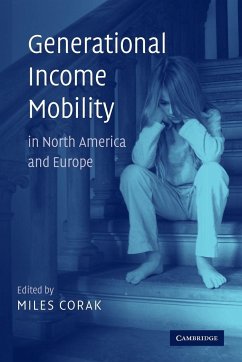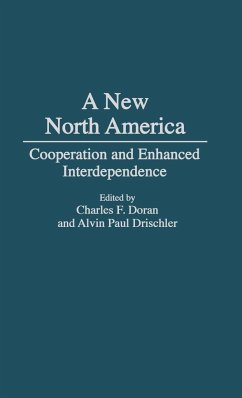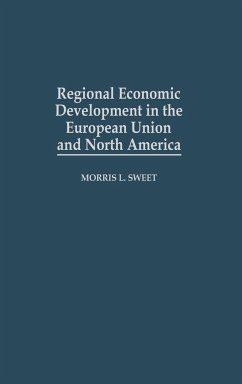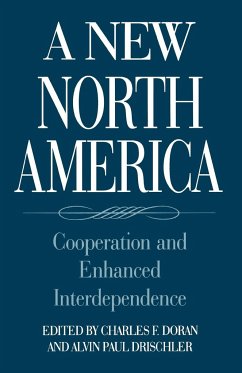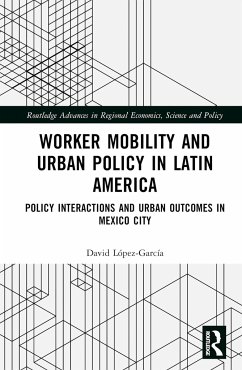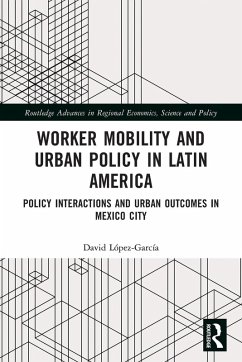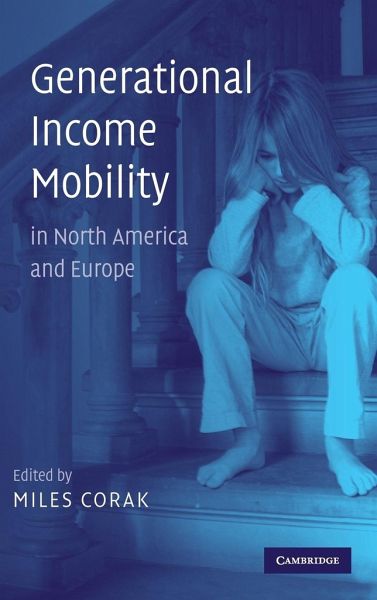
Generational Income Mobility in North America and Europe

PAYBACK Punkte
59 °P sammeln!
Labour markets in North America and Europe have changed tremendously in the face of increased globalisation and technical progress, raising important challenges for policy makers concerned with equality of opportunity. This book examines the influence of both changes in income inequality and of social policies on the degree to which economic advantage is passed on between parents and children in the rich countries. Standard theoretical models of generational dynamics are extended to examine generational income and earnings mobility over time and across space. Over twenty contributors from Nort...
Labour markets in North America and Europe have changed tremendously in the face of increased globalisation and technical progress, raising important challenges for policy makers concerned with equality of opportunity. This book examines the influence of both changes in income inequality and of social policies on the degree to which economic advantage is passed on between parents and children in the rich countries. Standard theoretical models of generational dynamics are extended to examine generational income and earnings mobility over time and across space. Over twenty contributors from North America and Europe offer comparable estimates of the degree of mobility, changes in mobility, and the impact of government policy. In so doing, they strengthen the analytical tool kit used in the study of generational mobility, and offer insights for research and directions in dealing with equality of opportunity and child poverty.





